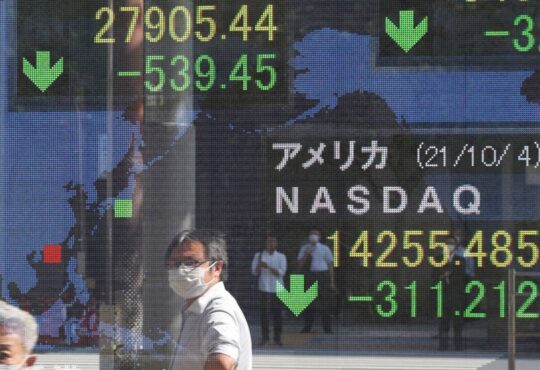
FTSE 100 metals and mining giant Rio Tinto‘s (LSE: RIO) share price is down 18% from its 26 January high this year.
This has been driven by market concerns over China’s economic recovery following three years of Covid. Before that, China’s dramatic economic growth had powered commodity price gains from the mid-1990s.
Right now, though, the country – and Rio Tinto’s price – appears to me to be at a tipping point.
China’s growth focus
From the middle of August, Rio Tinto’s shares have begun to rise again. The key reason for this in my view was that China rolled out measures aimed at boosting growth.
These included cuts in lending rates, reductions in banks’ mandatory FX reserves, and the relaxation of home-buying rules.
Many analysts have said that these measures do not go far enough, but I think they miss a key point.
China cannot risk boosting growth through a massive fiscal stimulus programme, as it did most notably in 2009. This would add to its already perilously high debt burden.
Instead, I think China is likely to incrementally roll out economy-boosting measures in the coming months, to judge their effect.
And Rio Tinto’s price should benefit in parallel with that programme, in my view.
Of course, the key risk for the company is that China’s efforts fail. However, given the high stakes involved for the government, the political will to drive growth is enormous.
Positively, industrial production and retail sales figures released on 15 September were much better than expected.
Energy transition future
Rio Tinto appears well-positioned for the ongoing transition to a low-carbon future.
It is a global leader in aluminium — widely used in electric vehicles, and in the solar energy sector.
The lithium it produces is essential in batteries for electric cars, and for rechargeable power for laptops and other devices.
And it is a leader in copper too. This plays a vital role as a conduit in power generation from solar, hydro, thermal and wind energy.
Big dividend payer
In 2022, the company paid $4.92 per share, which at that time gave a yield of 6.9%. In 2021, it paid $10.40 (13.1%), and in 2020 it was $5.57 (6.8%).
Based on last year’s dividend at today’s exchange rate, the yield is 7.6%. This compares to the FTSE 100’s current average payout of about 3.7%.
Consequently, if the rate stayed the same, a £10,000 investment in Rio Tinto now would make me another £7,600 over 10 years.
This would not include gains from any dividend reinvestment or share price rise, of course. On the other hand, I’d have to take tax liabilities into account and the risk that share prices could fall.
Positive for me is that these yields were reasonably well-supported by dividend cover ratios of 1.66-1.67. A ratio above 2 is considered good, while below 1.5 may indicate the risk of a potential dividend cut.
Even after disappointing H1 results, it is sticking to its policy of paying out 50% of underlying earnings to shareholders.
I already have holdings in the sector, but if I did not, I would buy Rio Tinto today for the yield opportunity. I also think it is likely that China will recover economically over time and the company’s share price with it.





